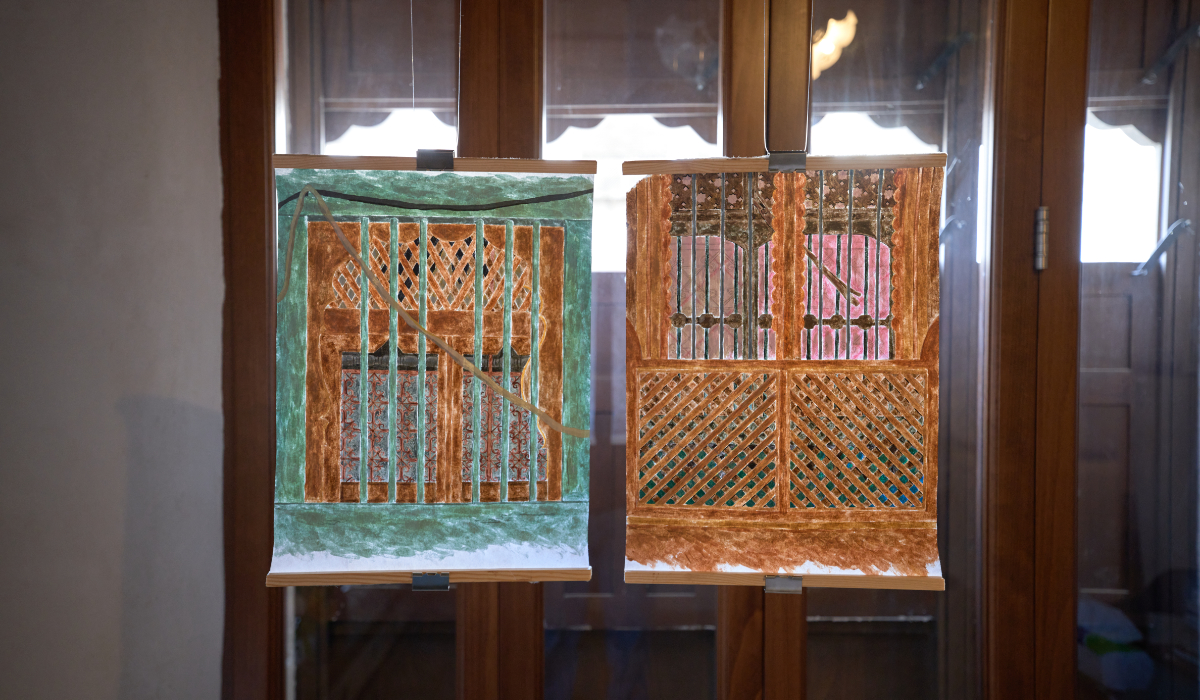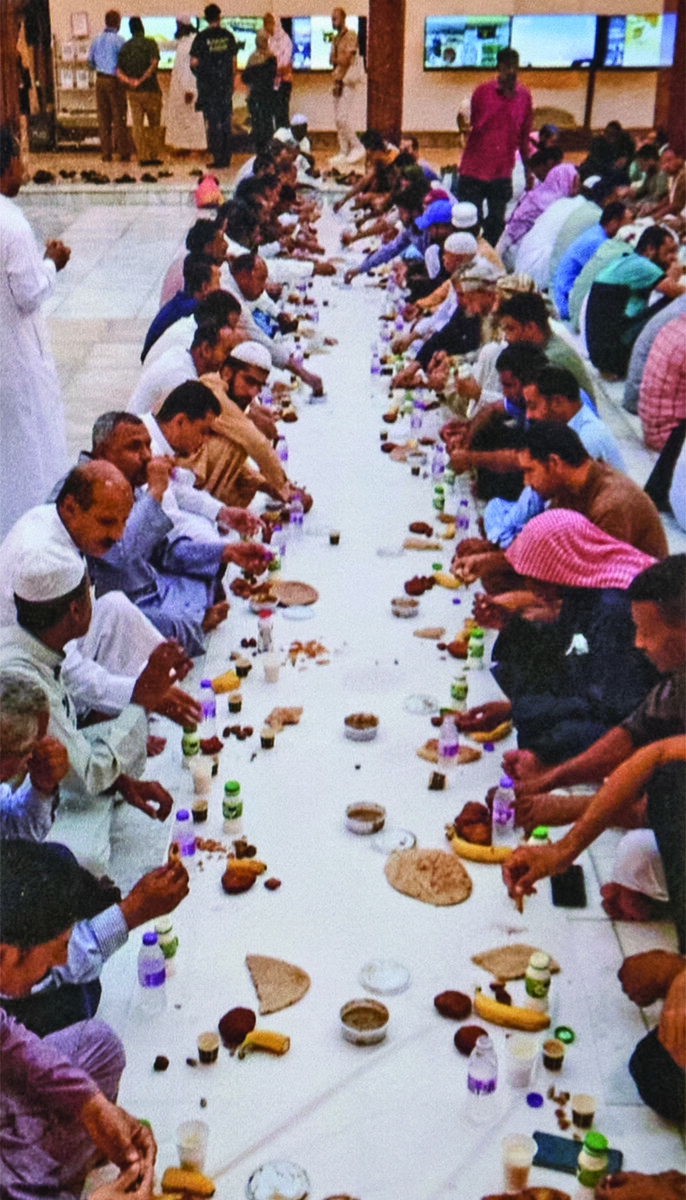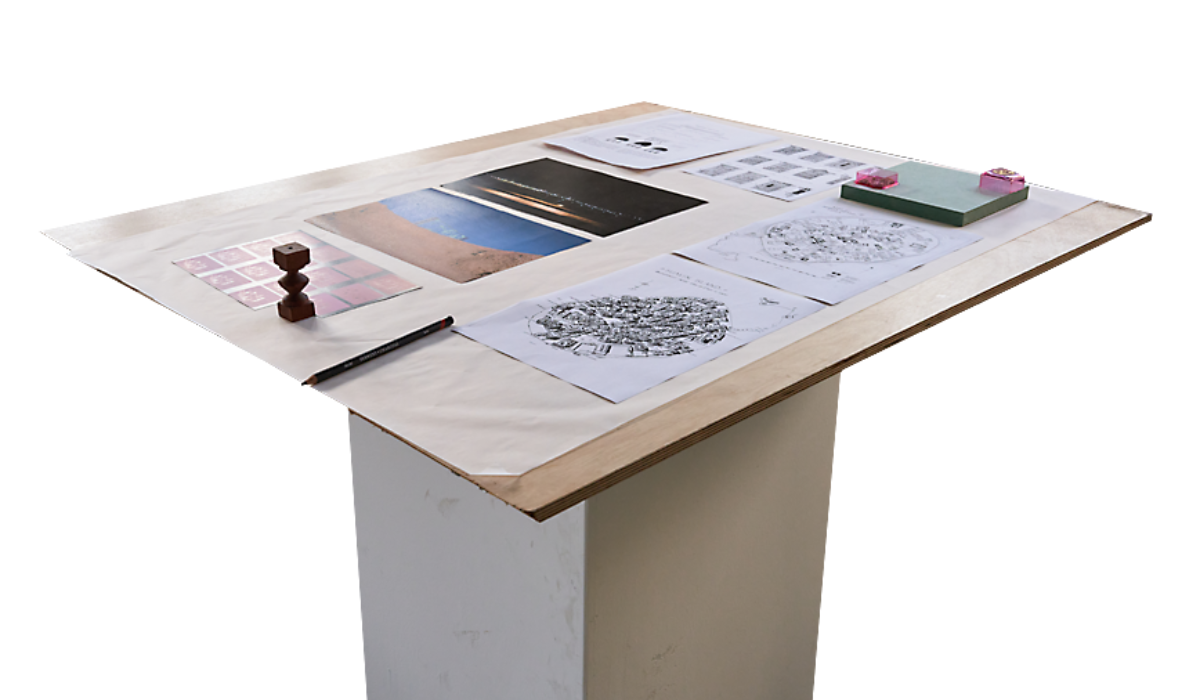MAKKAH: The Saudi Minister of Transport and Logistics Saleh Al-Jasser said the transport sector is fully prepared to provide the best services to pilgrims during the Hajj season.
In a press conference organized by the Ministry of Transport to review its plans and logistics services in Mina on Thursday, he said all necessary human resources have been mobilized, with over 47,000 personnel from the transport sector trained and equipped with all necessary tools to ensure the highest quality of service.
He said there are 22 comprehensive plans for the transport sector, including operational plans, business sustainability strategies, and emergency response plans, all fully integrated with the relevant agencies and operating under the supervision of the Supreme Hajj Committee.
He said that this year new technologies will continue to be employed. There are 32 scientific experiments planned for the Hajj season, including 17 new technologies such as flying taxis, delivery services, and various other innovations. Additionally, a new road infrastructure experiment was conducted by mixing rubber with asphalt on the main pedestrian road to enhance comfort and safety for pilgrims. White coating was applied to reduce temperature, and the roads adjacent to Namira Mosque were expanded for better accessibility.
He explained that last year’s coating experiment at a specific location in the holy sites successfully reduced the temperature by 15 C. Building on that success, this year the experiment was expanded to include the use of a rubber mixture with asphalt to further enhance the infrastructure.
This year, six airports have been prepared to receive pilgrims, with both national and international airlines participating in their transportation. Approximately 250 arrival destinations are prepared, the largest number ever for the Hajj season. Additionally, preparations are underway to ensure pilgrims return safely to their homes.
The minister said the transport sector is committed to continuing the implementation of plans in the coming days. Inspections have been conducted at sites in Mina, Arafat, and Muzdalifah, as well as visits to King Abdulaziz Airport in Jeddah, the Jeddah Islamic Port, and other facilities that work together to provide comprehensive services to pilgrims.
In turn, the president of the Saudi Post, Anef Abanomi, said more than 2,570 employees are on the ground serving pilgrims. He highlighted that they have implemented geospatial services to provide addresses and navigation aids and are involved in transporting pilgrims’ luggage from airports and various locations to the holy sites in Makkah, then safely returning it to their respective locations. Additionally, they are providing postal services to over 120 government agencies around the clock, reaching all pilgrims through more than 45 fixed and mobile stations in Makkah, Madinah and other sites. Furthermore, they offer services for the sale of sacrificial animals and the transportation of parcels to countries worldwide after the Hajj season.
Omar Hariri, president of the Saudi Ports Authority, announced that they have received 3,700 out of an expected 4,500 pilgrims, with the final ship scheduled to arrive on Friday. He highlighted the launch of the “Passengers with No Bags” service, which simplifies travel for pilgrims. Hariri also reported the handling of 2.5 million livestock, marking an 8 percent increase over last year, along with the handling of 600,000 containers and various foodstuffs.
Bashar Al-Malik, CEO of the Saudi Railway Co., said they are serving pilgrims through two key networks. The first is the Haramain High Speed Railway, which connects Makkah and Madinah, with additional stops at two stations in Jeddah and one in Rabigh, totaling five stations. The second network is the Al-Mashaaer Metro Line, which provides transportation within the holy sites, featuring nine stations.
He added that the Haramain High Speed Railway operates 35 trains across a network spanning 453 km, making it one of the 10 fastest trains in the world, reaching speeds of up to 300 km/h. This year, seat capacity has been increased to 1.6 million, an addition of 100,000 seats over last year. He also highlighted a new arrangement that allows pilgrims to travel directly from the airport to the Jeddah train station without their bags, ensuring their luggage arrives at their accommodations before they do.


































